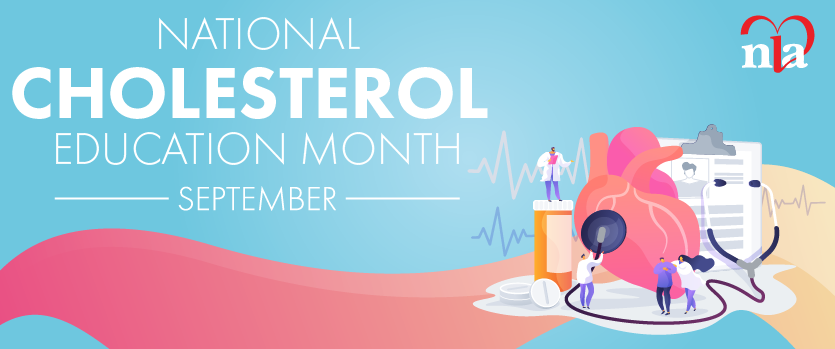How has your professional training and background shaped your career in lipids?
After completing Cardiology training in Boston, I worked under the mentorship of Dr. David Blankenhorn at the University of Southern California for 14 years. His expertise and passion for the field was instilled in me during this time – something I was able to bring back to Boston, where I have been at Mass General since 2004.
How did you become interested in the field of lipids?
I started in lipids in 1980. In addition to having influential mentors, the field of lipids experienced great advancements over the next two decades. Importantly, we saw the emergence of pivotal findings from clinical trials that supported the significance of serum lipids in cardiology – an underappreciated factor until that time.
What does your typical work in the field entail?
I spend approximately 1.5 days per week seeing patients in my lipids practice, often working with coronary patients, providing clinical treatment/referrals for lipid disorders, statin intolerance, etc. The rest of my time is dedicated to research on clinical trials for lipid therapies.
How long have you been a member of the NLA?
Since the inception of the national organization.
What made you become a member initially?
I would have to say that it was the enthusiasm of Dr. Virgil Brown that swept me in.
How has the NLA changed over the past 15 years?
It has gotten bigger, obviously, and is now recognized both nationally and internationally for providing thoughtful, evidence-based guidance in management of lipid disorders, as well as needed guidance where evidence is thin.
What has been your favorite/most memorable moment as an NLA member?
Really, it was the 10th anniversary ball - that was pure fun and celebration, and a truly lovely evening.
Why have you remained a member for all of these years?
Honestly, for me it has been friendships and camaraderie.
What do you see as the benefits of an NLA membership?
Being involved in the NLA keeps me on the cutting edge in the lipid field.
Over the past 15 years, what moments stand out as turning points for the organization?
I would have to say that providing a counterpoint to the oversimplification of the 2013 American College of Cardiology (ACC)/American Heart Association (AHA) guidelines after they came out and to make physicians aware of the complexities of lipid management.
What is in store for the NLA in years to come?
I think the influence of the NLA – the ability to impact population health favorably – will grow.
How has being a member of the NLA helped you grow personally and professionally?
I have a naturally reticent personality. The NLA has helped to draw me out. And professionally, I would have to say, it is the education – both materials like the Journal of Clinical Lipidology (JCL) and the NLA Self-Assessment Program (NLA-SAP) – and the meetings that have made me grow.
How have you used your NLA membership in everyday practice?
I keep the statin safety and statin intolerance statements on my desk because these questions are a large part of my referral practice. However, the ability to reach out to peers with more esoteric questions is a support base I always appreciate. Participation in the NLA community has additionally provided inspiration for clinical research trials.
What advice would you give to a new member of the organization?
Go to meetings. Do the NLA-SAPs. Be involved.
Is there a group that you would like to see more represented at NLA events and meetings?
I think that cardiology fellows would benefit tremendously from participation in NLA – particularly those interested in prevention.
If you could meet anyone past or present and pick their brain who would it be?
As mentioned above, I was mentored by Dr. David Blankenhorn at the University of Southern California. I often wish I had taken more advantage of that privilege. David passed away in 1993. Had he lived, I know he would have been an enthusiastic contributor and participant in the NLA.






.jpg)
.png)












